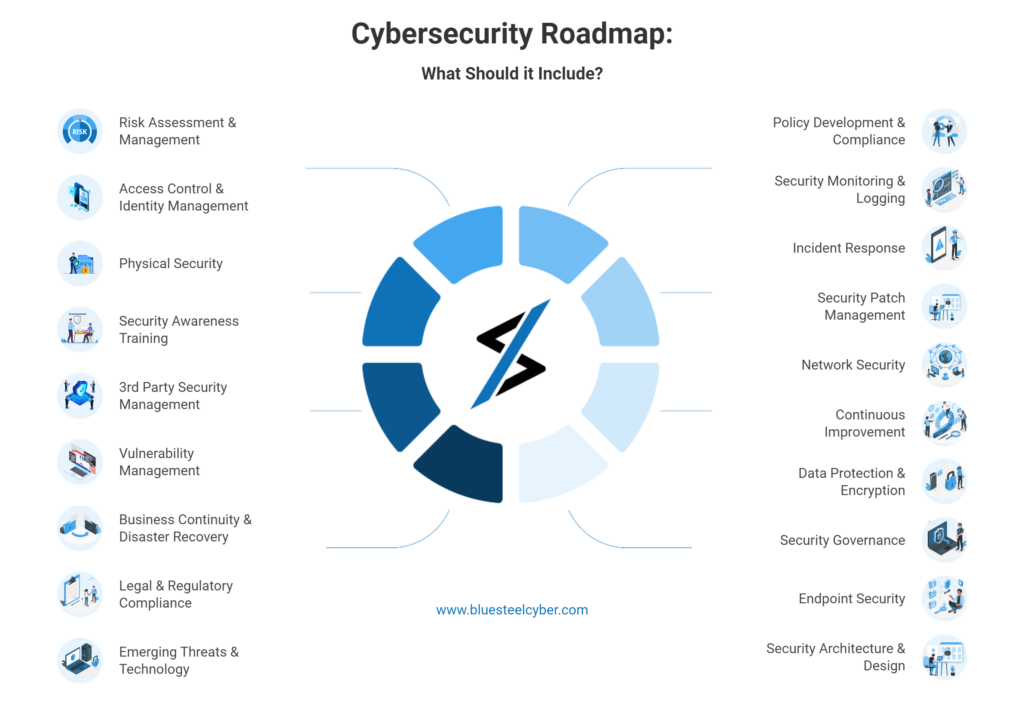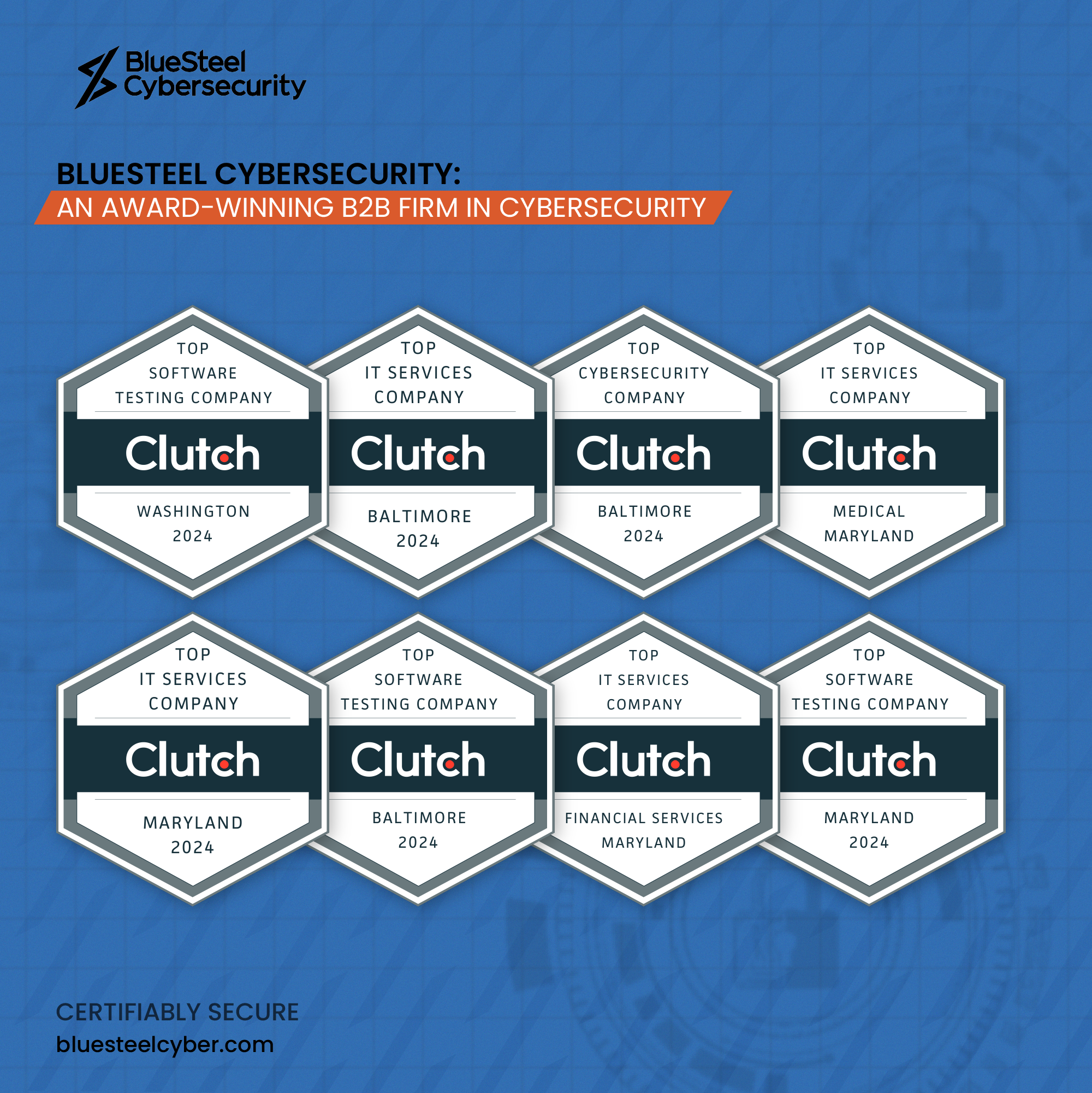
The Ultimate Guide to Achieving HIPAA and HITECH Compliance Certification
Table of Contents Understanding HIPAA and HITECH Ensuring HIPAA HITECH compliance certification is vital for healthcare organizations to protect patient
NIST 800-171 was published by the National Institute of Standards and Technology, or NIST, a government agency dedicated to promoting innovation and industrial competitiveness among American businesses.

We manage all areas of NIST-800-171 compliance as your outsourced cybersecurity department so you don’t have to.
Our NIST-800-171 Security Program includes everything you need to meet NIST-800-171’s 110 criteria items. This includes the following:
NIST 800-171 Compliance refers to the adherence to the cybersecurity guidelines outlined in the National Institute of Standards and Technology (NIST) Special Publication 800-171. This publication, titled “Protecting Controlled Unclassified Information (CUI) in Nonfederal Systems and Organizations,” provides a framework for safeguarding sensitive information shared between the federal government and external entities.
NIST 800-171 was first introduced in June 2015, but its latest revision was released in February 2020. This publication details specific security standards and practices that non-federal organizations must abide by when it comes to protecting sensitive information on the IT systems and networks managed by federal contractors.
Discover everything you need to know about NIST 800-171 and compliance with this framework below.
CUI stands for Controlled Unclassified Information. It refers to unclassified information that requires safeguarding or dissemination controls, as mandated by laws, regulations, or government policies. CUI includes information that, while not classified, is still sensitive and must be protected due to its nature or the context in which it is used. The protection of CUI is crucial for national security, privacy, and other reasons, and it is subject to specific handling and security requirements.

NIST 800-171 primarily focuses on protecting Controlled Unclassified Information or CUI.

Each government agency publishes its own lists clarifying and defining CUI, but the information above is a good general definition to keep in mind

CUI is information that the government owns or has created. This information is sensitive but not technically classified. Examples include patents, technical data, and information related to manufacturing or acquiring goods or services.

It’s important to note that breaches of sensitive data, even when it’s unclassified, can still have severe consequences for the country’s security, economy, etc. For example, information breaches can result in contract losses, fines, lawsuits, and damage to an organization’s reputation.
NIST 800-171 applies to any organization responsible for processing or storing sensitive, unclassified information for the United States government.
Some examples of organizations that must follow NIST 800-171 include the following:

Contractors for the Department of Defense

Companies that provide services to government agencies

Systems integration service providers

Healthcare information processors

Universities and research institutions that receive federal government grants
The successful implementation of a plan to comply with NIST 800-171 involves abiding by 110 unique requirements, which are divided into 14 more general security topics:

22 requirements that are designed to safeguard network, system, and information access. These requirements also protect the flow of sensitive information and provide guidance on navigating network devices within the system.

3 requirements that are designed to ensure all relevant personnel are aware of and properly trained on cybersecurity procedures and risks.

9 requirements that are designed to protect the storage of audit records for future reporting and analysis. These requirements also include regular system security log reviews.

9 requirements that are designed to confirm hardware, software, and devices within a relevant network are adequately installed and configured. These requirements also focus on the prevention of unauthorized software installation and restriction of nonessential programs.

11 requirements that are designed to differentiate between privileged and non-privileged accounts and ensure the implementation of authentication procedures and policies that prevent unauthenticated users from accessing networks or systems.

3 requirements that are designed to verify the presence of response procedures that can be taken if a cybersecurity incident occurs. These requirements include adequate training and planning, along with regular capabilities testing.

6 requirements that are designed to ensure all relevant systems receive maintenance and that the maintenance is protected and based on current best practices.

9 requirements that are designed to control access to sensitive media, both physical and digital.

2 requirements designed to safeguard CUI via individual security screenings before one can access systems containing CUI and adequate employee transfer and termination procedures when CUI is relevant.

6 requirements that are designed to control physical access to CUI on work sites, hardware, devices, and equipment that must be limited to authorized personnel.

3 requirements that are designed to ensure regular risk assessment are performed to reveal potential vulnerabilities. Organizations must regularly scan for vulnerabilities and keep network devices and software updated and secure.

4 requirements that are designed to ensure security plans get monitored continuously and developed for ongoing effectiveness. These periodic reviews allow for easier vulnerability spotting and improvement and make sure the plans to protect CUI are always effective.

16 requirements that are designed to protect systems and information transmission through cryptography policies and other measures.

7 requirements that are designed to monitor ongoing systems protection with security alerts that prevent unauthorized use.

This framework helps organizations ensure the CUI they handle is confidential, accurate, and available whenever it’s needed, regardless of where it’s stored or how it’s transmitted. The guidelines are flexible and adaptable enough to work for organizations of various sizes and types.
In addition to being aware of the specific requirements and security topics mentioned above, NIST 800-171 compliance also involves the following steps and guidelines:

The assessment team should include senior information security stakeholders who can spearhead this project and ensure all guidelines are met.

Make sure all department members are aware of the project and know how (and if) they can be involved.

Examples include system administrators and information security specialists. Having contact information for these people will make it easier to assess different elements and update them as needed.

Start by defining the CUI your organization stores, processes, and transmits, as well as the systems that CUI touches. A clear understanding of what you’re working with will help you ensure all your bases are covered when implementing a compliance plan.

Gather relevant documents, such as existing security policies, system records, manuals, the results of previous audits, and system architecture documents.

A gap analysis helps you to identify the specific areas where you currently are not meeting the requirements. Once you know this information, you can develop a more thorough and practical plan to achieve full compliance.

Use the results of your gap analysis to create a plan of action and outline the specific steps you’ll take to make your organization compliant. This plan should also include milestones that help you monitor progress and achieve your compliance goals by a particular date.

Follow the plan of action you created and begin executing the security controls according to the NIST SP 800-171 guidelines. The execution process might involve software upgrades, access control improvement, and encryption implementation.

This document will ensure all relevant information is contained in one location.

NIST 800-171 compliance is not a one-and-done thing. It requires ongoing self-assessments that will help you identify new gaps or vulnerabilities soon after they arise.

You and your staff should also monitor your systems and report incidents or breaches to the appropriate authorities promptly. Maintain documentation of your compliance efforts, too, including your plan of action, milestones, and self-assessment reports.
If you follow these steps, you will have a much easier time achieving compliance with NIST 800-171 and protecting sensitive data from potential threats.
Keep in mind that you don’t have to do all of these things on your own.
Some organizations work with a third-party company to help them ensure they have fully abided by all guidelines and requirements. That additional step gives them peace of mind and provides them with other documentation they can use to verify their compliance.
If your organization does not follow the steps outlined above and comply with NISt 800-171 and a data breach or leak occurs, you could have essential contracts revoked. You could also be disqualified from bidding on future contracts, particularly with the Department of Defense.
Depending on the nature of the information leaked, you may face fines and other legal penalties, as well as damage to your company’s reputation. After all, people will be wary of working with an organization that has previously been lackadaisical with others’ data.
Regular compliance assessments are critical, especially for organizations that deal with CUI. Ideally, you’ll assess your compliance at least once per year.
However, it’s also a good idea to review it whenever you’ve made profound changes to your IT network, as those changes could result in new vulnerabilities that didn’t exist previously.


If your organization regularly works with controlled, unclassified information, you must comply with NIST 800-171. Otherwise, you run the risk of losing essential contracts, damaging your reputation, and facing severe fines and other penalties.
Use the information shared above as a guideline to help your team create a plan of action and ensure you meet all the benchmarks laid out by the NIST.
Do you need help making sure you’re compliant with NIST 800-171? Do you want a third-party organization to review your protocol and identify potential gaps? If so, Bluesteel Cybersecurity is here to assist.
Get in touch and learn more about our compliance preparation services today.

Table of Contents Understanding HIPAA and HITECH Ensuring HIPAA HITECH compliance certification is vital for healthcare organizations to protect patient

HITRUST certification is a crucial process for organizations, especially in this digital world. Data security and privacy are things any

In the dynamic realm of Information Technology, BlueSteel Cybersecurity has emerged as a distinguished leader, earning prestigious recognition from Clutch,
Reach us Monday through Friday
8am – 6pm